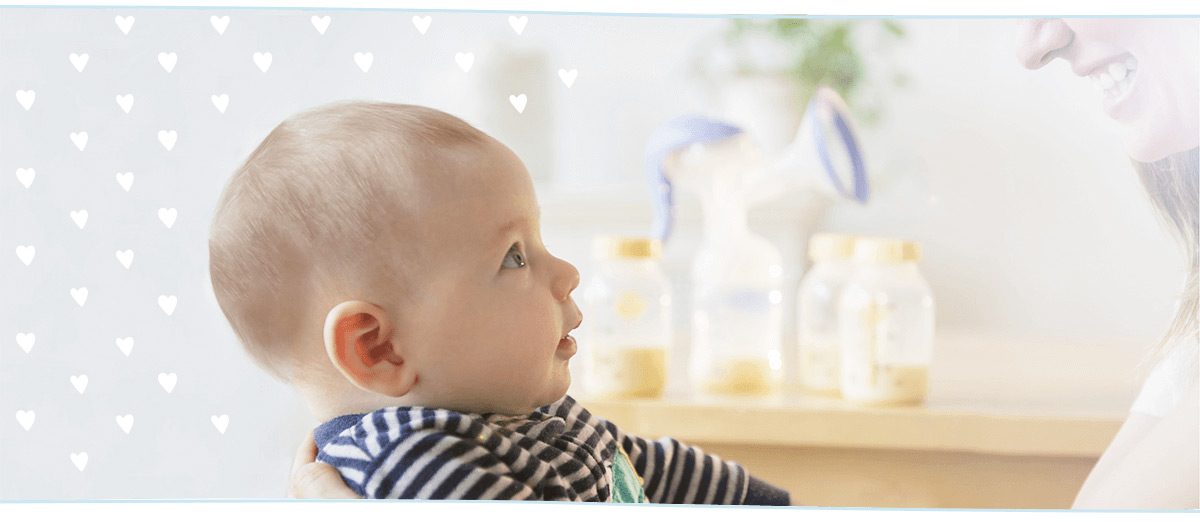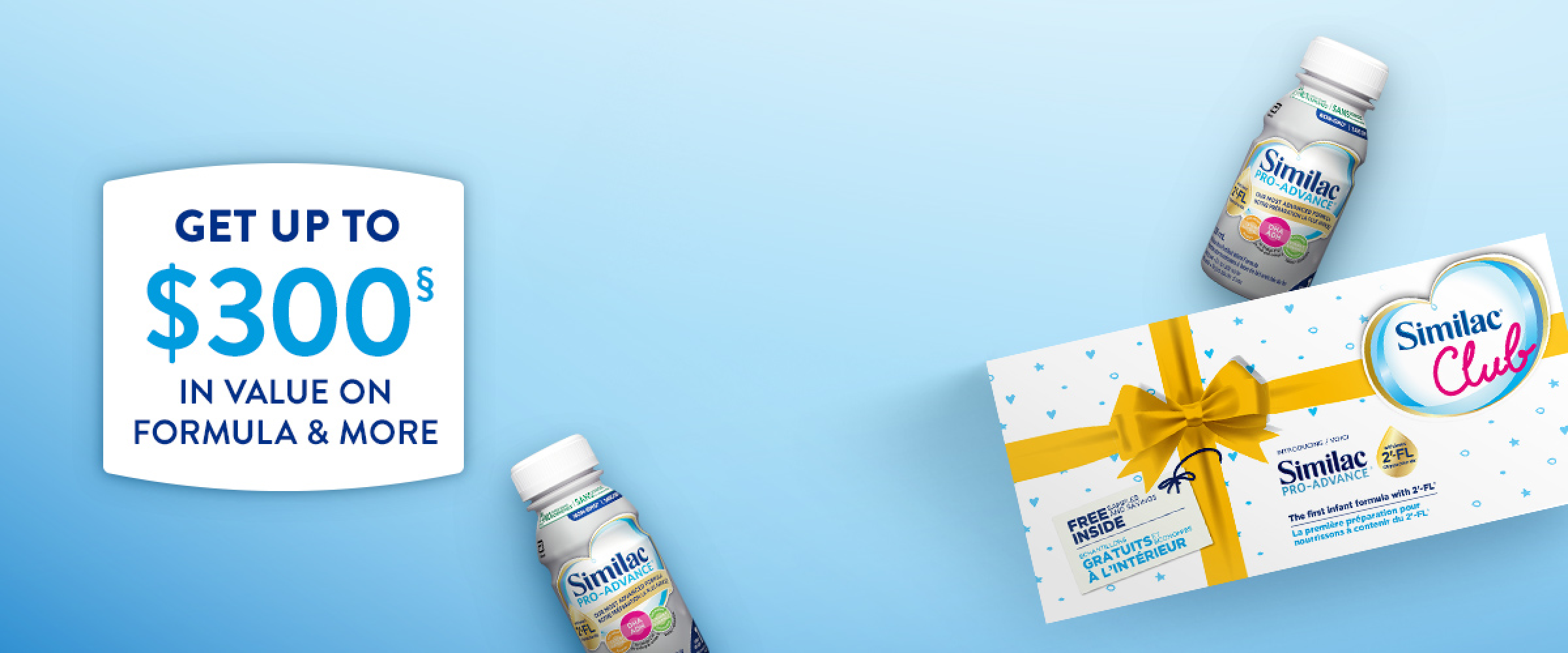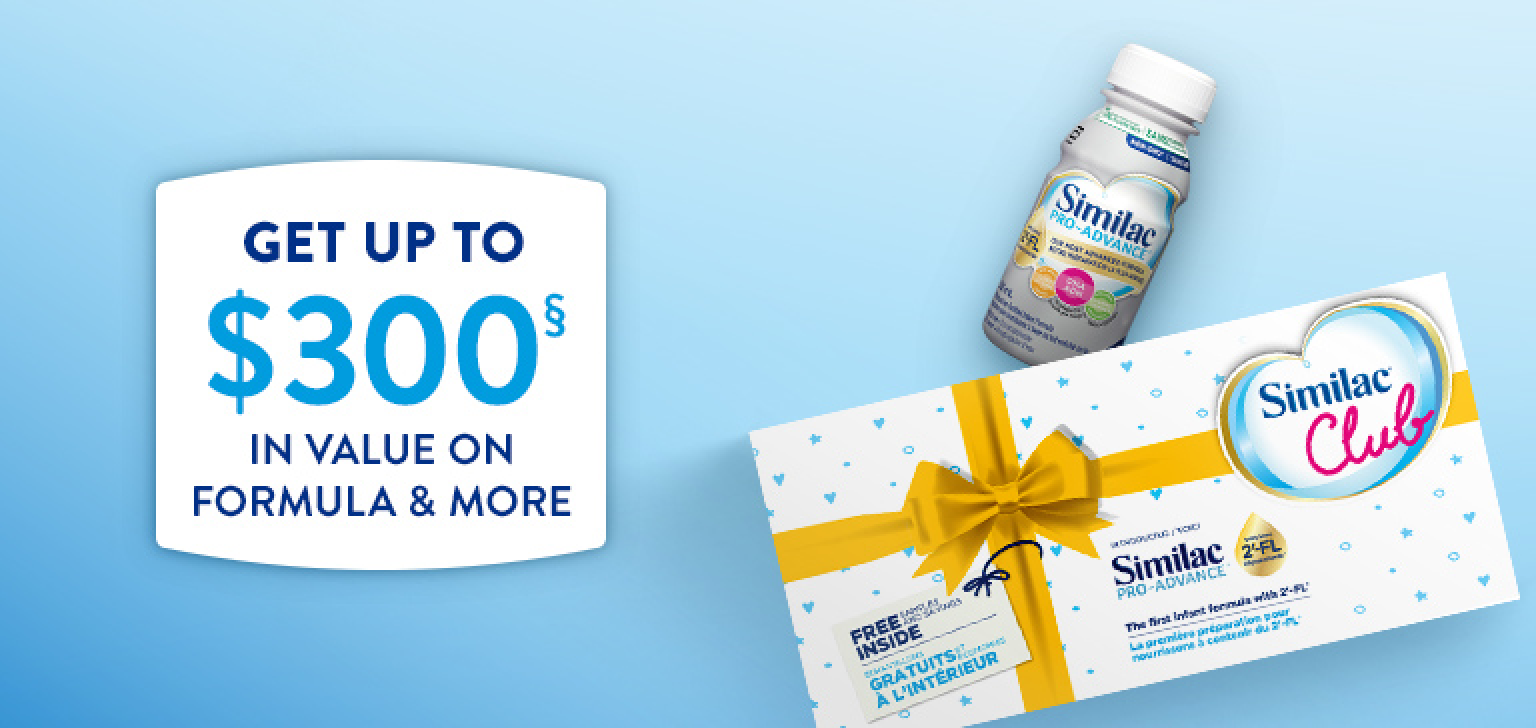- Start by replacing one feeding per day with infant formula. Wait a week before replacing another feeding.
- Continue to alternate the breast that is offered first.
- During the weaning process, if your breasts become swollen, tender, and sore, squeezing out a little milk or applying a cold compress to the area can help the swelling go down.
- Over-the-counter pain relievers like acetaminophen or ibuprofen are recommended.
How do you know if you have developed a blocked duct? Especially during a more abrupt weaning process, be sure to check regularly for a firm pea-sized area that may be tender to the touch. Do not worry if this happens to you, it is not at all uncommon and can be easily treated at home. Simply apply a gentle outward rubbing motion until it clears. If this is too painful, consult your doctor or lactation consultant right away.
Of course, if your baby has never used a bottle or tasted formula, you have two changes to introduce. Start by offering breast milk in the bottle during his “least favourite” feed of the day. Once your baby is comfortable with the bottle, start to introduce the formula in it. Babies do not necessarily enjoy change (they tend to be creatures of habit) and this approach will help him ease into his new lifestyle more easily.





